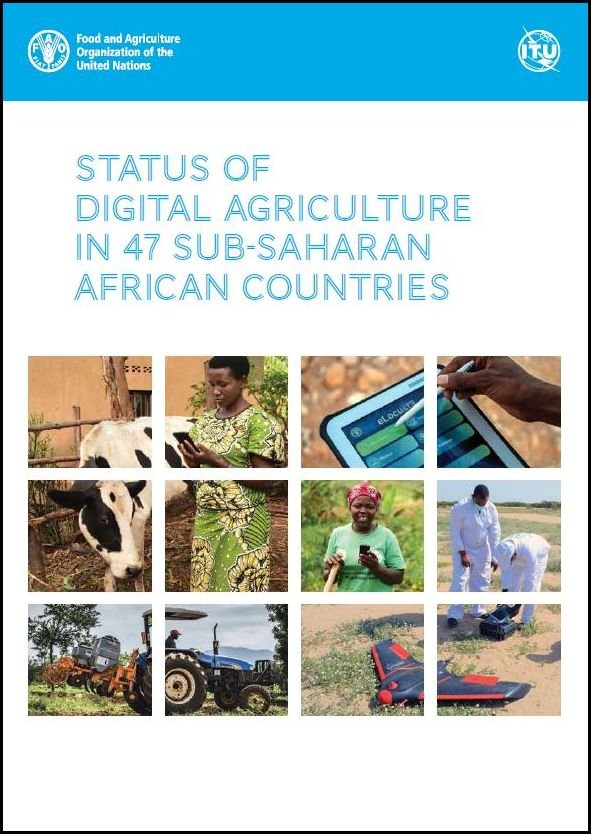- Share this article
- Subscribe to our newsletter
Status of digital agriculture in sub-Saharan Africa
The digital revolution currently underway in sub-Saharan Africa offers enormous potential for economic growth and agricultural productivity. This is the conclusion of the report Status of Digital Agriculture in 47 Sub-Saharan African Countries, published by the Food and Agriculture Organization of the United Nations (FAO) and the International Telecommunication Union (ITU) in March 2022.
Thanks to undersea cables, coastal countries benefit from fast internet services, and 4G mobile networks are expanding rapidly across the continent. Kenya's capital, Nairobi, is referred to as the Silicon Savannah of Africa because of its buzzing digital economy.
In spite of such success stories, much of sub-Saharan Africa remains unconnected: about one-third of the population is still out of reach of mobile broadband signals, and only 28 per cent have access to the internet.
This has implications for the local agricultural sector, where productivity could easily be boosted by new digital technologies, such as e-commerce, smart sensors, drones and better weather forecasts.
The report provides information on a variety of key indicators in 47 different countries, such as access to electricity, ownership of mobile devices, the number of apps in the national language, the gender gap in social media use, and regulatory frameworks. Moreover, it highlights local examples and initiatives that should be promoted, replicated and scaled up in order to advance the region's digital agriculture transformation.
With the largest area of arable uncultivated land in the world, a youthful population – almost 60 per cent of its people are below the age of 25 – and vast natural resources, sub-Saharan Africa is uniquely positioned to double or even triple its current agricultural productivity.
For this to happen, a digital transformation is needed in the food and agriculture sector. The authors point out that this will mean tackling existing barriers such as limited infrastructure in rural areas and insufficient funding for agriculture as well as addressing the problem of inadequate investment in research and development, agro-innovation and agricultural entrepreneurship.
(FAO/ile)
Read more and download the report on the FAO website





Add a comment
Be the First to Comment